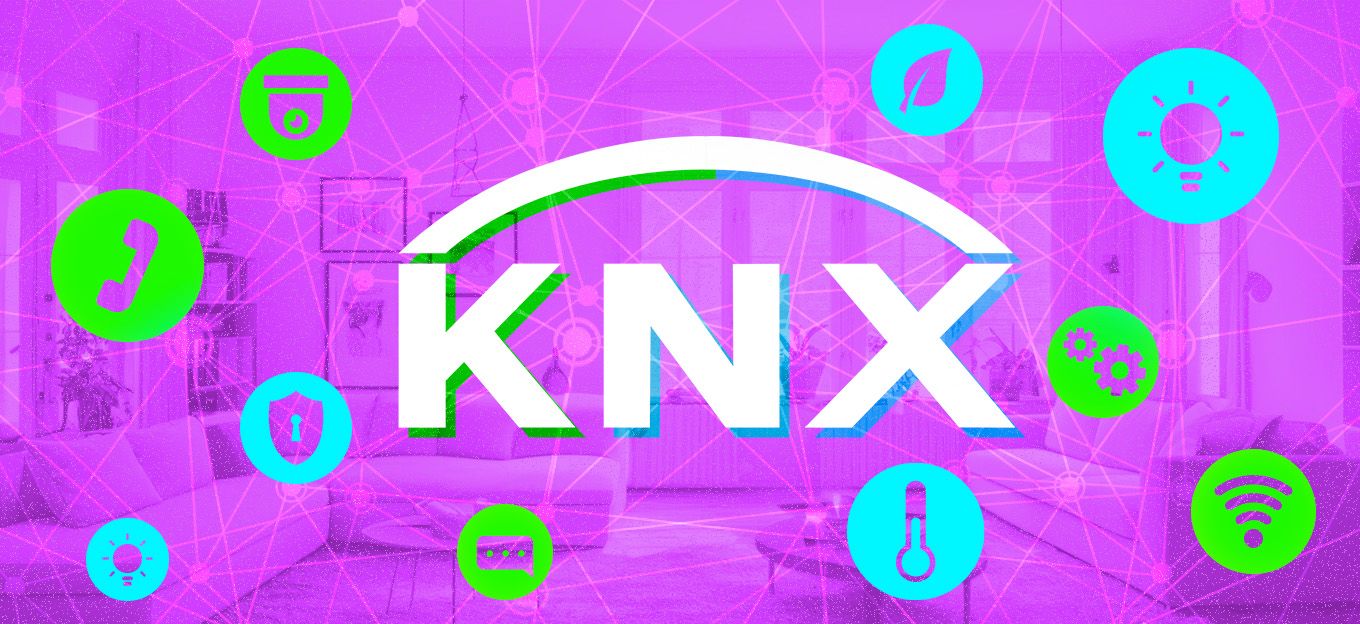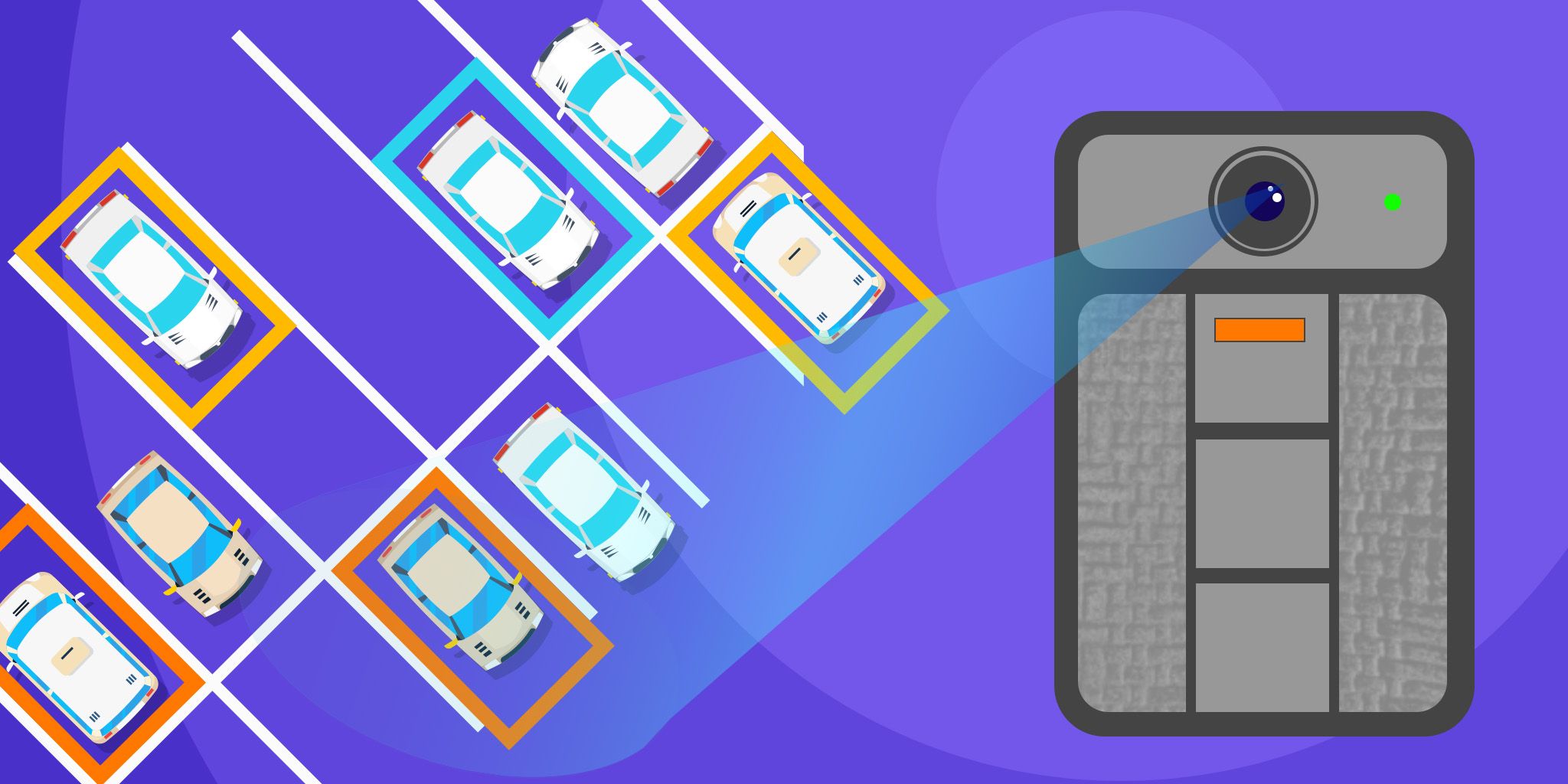KNX IoT Explained: APIs, IPv6, and a Smarter Path to Building Control
KNX IoT Explained: APIs, IPv6, and a Smarter Path to Building Control
- Last Updated: November 6, 2025
Jesus Arias
- Last Updated: November 6, 2025



The Internet of Things continues to evolve toward greater interoperability and openness. For device manufacturers, system integrators, and building automation professionals, this evolution now includes KNX IoT, the latest extension of the KNX standard that brings its proven reliability and multivendor ecosystem natively to IPv6 networks.
This article introduces how KNX IoT leverages technologies such as Thread, Wi-Fi, and Ethernet to deliver secure, standardized connectivity for smart homes and buildings, ensuring a future-ready path for energy management, comfort, and automation solutions.
A Quick Primer: What is KNX?
If you work in IoT but haven’t met KNX yet, think of it as the most established, vendor-independent standard for home and building automation. For more than 35 years, KNX has underpinned lighting, HVAC, energy management, shading, access control, metering, and more, and is standardized internationally (ISO/IEC). Its ecosystem spans 500+ manufacturers across electrical, HVAC, IT infrastructure, and energy domains.
At the field level, KNX defines a decentralized, full-stack architecture built around application-driven devices. Twisted Pair and sub-GHz Radio Frequency, plus long-standing IP integration via KNXnet/IP. In short: proven multivendor interoperability, certified products and tools, and a global community of over 130,000 installers across 183 countries, with deployments ranging from single-family homes to offices, hospitals, airports, and large commercial buildings worldwide.
Why KNX IoT, and Why Now?
As homes and buildings converge on IP, KNX IoT brings the KNX philosophy natively to IPv6. That means KNX interoperability, security, and certification, now over Thread, Wi-Fi, and Ethernet (and other IPv6 transports). For many device teams, the shift is practical:
- Reuse existing IP designs: If your platform already runs IPv6, you’re much closer to a KNX device.
- Economies of scale: Build on commodity IP stacks, dev tools, and supply chains.
- Broader supplier choice: Multiple silicon vendors now offer KNX IoT–ready platforms.
- Coexistence, not rip-and-replace: KNX IoT devices can run alongside existing KNX TP, RF, and KNXnet/IP (IPv4) equipment via the standardized IoT Router defined in the specifications. This builds on KNX’s 35-year track record of backward integration across generations.
Two Complementary Pieces of KNX IoT
#1: KNX IoT (Point API) for devices
This is the device-level specification for IPv6-native KNX endpoints—sensors, actuators, controllers—designed for constrained devices and modern security. Because it’s IPv6-first, it runs across Thread (for low-power mesh) as well as Wi-Fi and Ethernet. There’s also a royalty-free, open-source stack to lower entry barriers and speed up prototyping.
#2: KNX IoT API Server for applications
This defines a standardized, secure API that northbound applications can use to interact with KNX installations reliably, and with certification behind it. Whether you’re integrating a BMS, an energy platform, analytics, or a digital twin, the API Server brings a consistent, governed approach (including modern authorization) so apps don’t depend on bespoke gateways.
What This Means for Engineering Teams
- Faster path from concept to pilot: Reference implementations from Nordic Semiconductor and NXP demonstrate KNX IoT across Thread/Wi-Fi/Ethernet, making it easier to bring up endpoints and validate commissioning flows.
- Optionality based on need: For low-power sensors and actuators, Thread provides IPv6 mesh reliability with streamlined onboarding—while keeping the door open to Wi-Fi or Ethernet where they’re a better fit.
- Security and lifecycle at scale: With the KNX IoT API Server, application access becomes standardized and auditable. That reduces the long-term integration burden and aligns better with enterprise IT expectations.
- Interoperability by design: Certification remains central. Multivendor projects—lighting scenes, demand response, air-quality control, occupancy-based HVAC—benefit from predictable behaviour across devices and tools.
Typical Adoption Paths
- IP-first greenfield: Start with KNX IoT devices on Thread for rooms and zones that need low power or wireless mesh, add Wi-Fi/Ethernet where bandwidth or backhaul is key, and use a KNX IoT API Server for application integration.
- Hybrid brownfield: Keep existing KNX TP/RF devices; add IPv6-native endpoints where they add value (wireless retrofits, battery-powered sensors) and bridge via a KNX IoT Router.
- App-led integration: Even without changing field devices, deploy the KNX IoT API Server to standardize application access, ideal for monitoring, energy optimization, and data pipelines.
When to Choose KNX IoT
Choose KNX IoT if your project values:
- A proven building domain model with decades of field experience, now natively on IPv6.
- A deep, multivendor catalogue and a mature certification program.
- Future-ready networking (Thread, Wi-Fi, Ethernet) and standards-based APIs that satisfy enterprise security and governance.
Getting Started with Your Development
- Prototype a device: Choose an IPv6-capable MCU/SoC (Thread, Wi-Fi, or Ethernet) and bring up the open-source KNX IoT stack. Use the KNX Manufacturer Tool to model and implement your Application Program per the KNX standard, then use ETS for vendor-independent commissioning and system integration.
- Connect a third-party application: Stand up a KNX IoT API Server (a demo version is available for evaluation here), connect it to a small lab installation, and exercise read/write flows from your BMS or cloud app with modern authentication.
As buildings evolve into more intelligent, connected environments, open standards like KNX IoT provide a stable foundation for long-term innovation. By extending KNX’s proven model to IPv6, the industry gains a future-ready framework that combines interoperability, security, and scalability across all network layers.
Whether optimizing energy flows, integrating EV chargers, or managing comfort systems, KNX IoT enables seamless collaboration between devices and applications, empowering manufacturers and integrators to build smarter, more sustainable solutions.
About the author
Jesús Arias leads global activities for the KNX Association and writes frequently about the KNX standard and home and building automation trends. He focuses on practical, standards-based approaches that help device makers and solution providers bring reliable, secure products to market faster.
The Most Comprehensive IoT Newsletter for Enterprises
Showcasing the highest-quality content, resources, news, and insights from the world of the Internet of Things. Subscribe to remain informed and up-to-date.
New Podcast Episode

What is Hybrid Connectivity for IoT?
Related Articles




